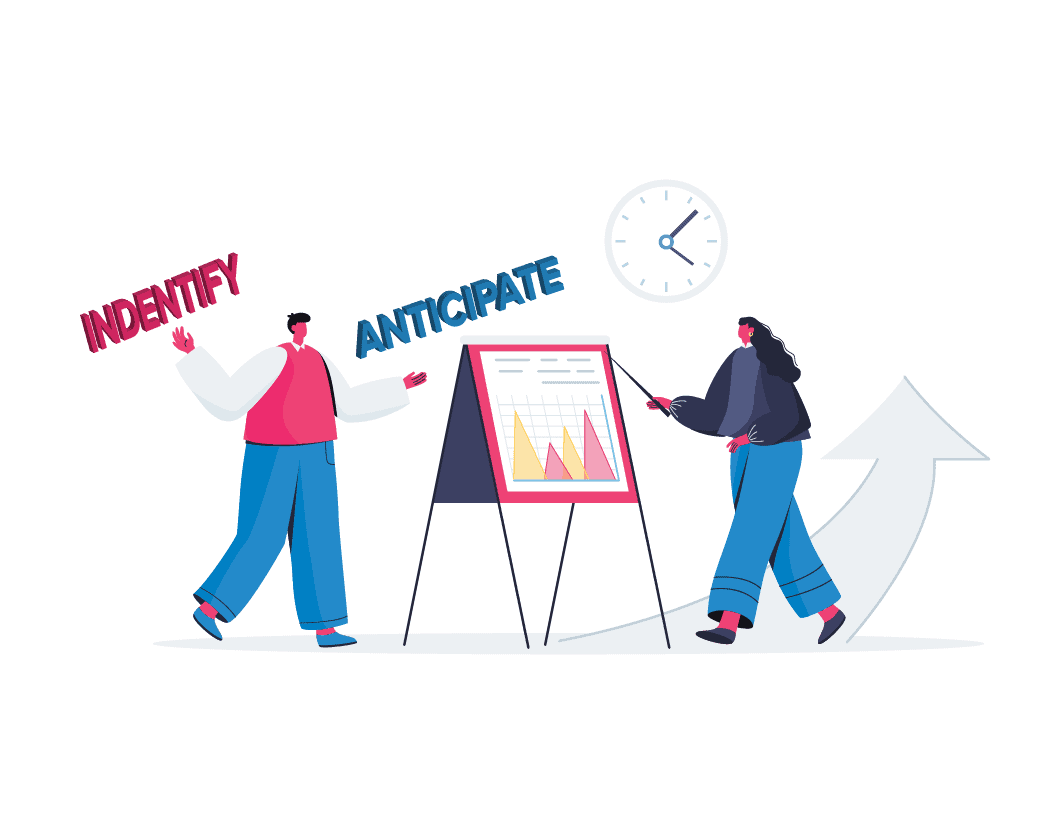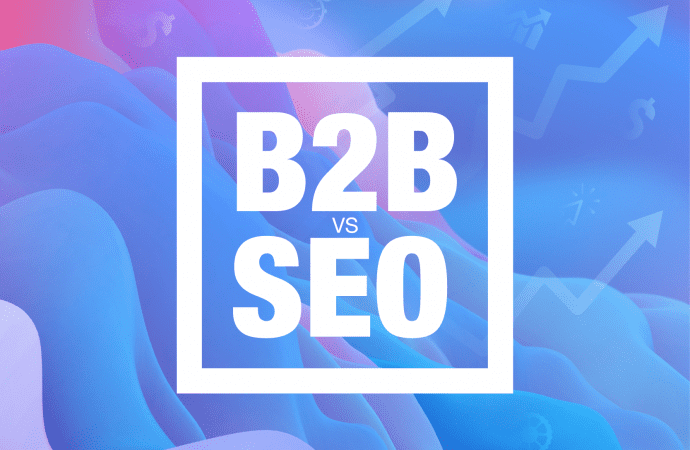Digitally. Socially. Culturally. The world is rapidly evolving, and now, more than ever, is the time to make sure your business is aligned on all fronts. A good place to start is by ensuring that your B2B marketing strategy is future-proofed. …and here’s how… Be Intentional. There’s a lot of information out there about how
Digitally. Socially. Culturally. The world is rapidly evolving, and now, more than ever, is the time to make sure your business is aligned on all fronts. A good place to start is by ensuring that your B2B marketing strategy is future-proofed.
…and here’s how…
Be Intentional.
There’s a lot of information out there about how to develop short and long-term strategies for your business but being intentional about the tools you utilize can save you both time and money.
At Dream Factory, we believe in strategic planning and taking the time to learn and analyze the internal and external forces that drive your business, and the industry(ies) that you operate in.
Here’s the BIG 4 strategic planning tools that we think give you the most bang for your buck:
1. SWOT: Strengths. Weaknesses. Opportunities. Threats. A comprehensive SWOT analysis can be utilized before making any kind of company decision, it will help you determine how your strengths and opportunities play to your weaknesses and threats.

2. PEST: Political. Economic. Social. Technological. A traditional PEST analysis at its base level is a strategic management tool that helps you identify macro level environmental factors that affect the market and industry segments that your business operates in.

3. PORTER’S 5 FORCES: This competitive analysis tool allows you to determine your market position within a certain industry in order to help maximize profitability by evaluating the 5 competitive forces which consist of: supplier power, buyer power, competitive rivalry, threat of substitution, and threat of new entry.


4. VRIO: Value. Rarity. Imitability. Organizational. A well thought out VRIO analysis allows you to evaluate your company’s resources in order to determine if they provide a sustainable competitive advantage.

Well-rounded strategic analyses and planning are the backbone of laying a solid foundation for a future-proofed marketing strategy, but it doesn’t stop there.

Teamwork Makes the Dream Work

You might be surprised at the answers you receive.
Making sure that your company is aligned from top to bottom on your core mission, vision, and values is what drives innovation and thought leadership. Focus your efforts on developing diversified business strategies that allow your managerial, operational and organizational systems to remain agile. After all, your “value chain is only as strong as [your] weakest link.”

Always Be Learning.
On top of consistently learning about the forces that drive your business both internally and externally, it’s also important to consistently look at consumer insights.
Do your customers have certain preferences? What are the trends both inside and outside of your own industry that might change your customers spending or purchasing habits? Do your customers view your business as “selling a product” or “gaining an experience?”
When you can consistently identify AND anticipate the needs of your customers you put yourself in a competitive position where you can design campaigns and strategies that become more effective.

Loyalty loops are incredibly important in a world that revolves around change and your ability to adapt.
People that fall into your loyalty loop very quickly become some of your most valuable customers. These customers are those that, even when times are uncertain, will consistently choose to buy from you (regardless of price and availability) and will continually advocate for your brand.
Did you know?!
84% of B2B decision-makers start the buying process with a referral. Loyal customers can help expand your lead pipeline. (https://www.nicereply.com/blog/the-importance-of-customer-loyalty/)
If you can manage to get your customers to enjoy your product/service so intensely that they then advocate for your brand, you can then develop a level of trust that binds them to their relationship with your company.
Did you know?!
Companies with formalized referral programs experience 86% more revenue growth over the past two years when compared to the rest. (https://www.nicereply.com/blog/the-importance-of-customer-loyalty/)
Choose to Be Agnostic.
Being intentional about the tools you use doesn’t just apply to your strategic analyses, but also applies to the technologies and software you choose to utilize.
Valuable insight data comes from implementing technology that allows you to be omnipresent and dynamic.
In a rapidly changing digital marketplace, it’s important to focus on choosing technology that allows for scalability and allows you to diversify your marketing and advertising efforts.
Any technological decision should be driven by a need for a solution; solutions should never be dictated by technological preferences.
Choosing to be solution agnostic helps future-proof your strategies and marketing efforts as you recognize that marketing is not a “one size fits all” approach.
Welcome Change.
Ironically, change is the only thing that is constant; so, while developing a B2B marketing strategy is important – it is equally, if not more important to constantly reevaluate your strategy. Strategies can shift in the matter of
YEARS
MONTHS
DAYS
…WITHIN AN HOUR
and you have to be ready to adjust at any moment.
So, when it comes to future-proofing your marketing strategy, focus on developing a plan that is readily adaptable. When you decide to make a change or an update always ask yourself “Is making this change addressing a root issue, or are we simply relieving a symptom?”
Ensuring that you and your team are constantly evaluating and analyzing both the internal and external factors that drive your business, remaining unbiased toward the technological solutions you utilize, and consistently working to improve the relationship and understanding that both employees and customers have with your business will help in creating a B2B marketing strategy that future-proofs your business.
Find comfort in the consistency of change.














